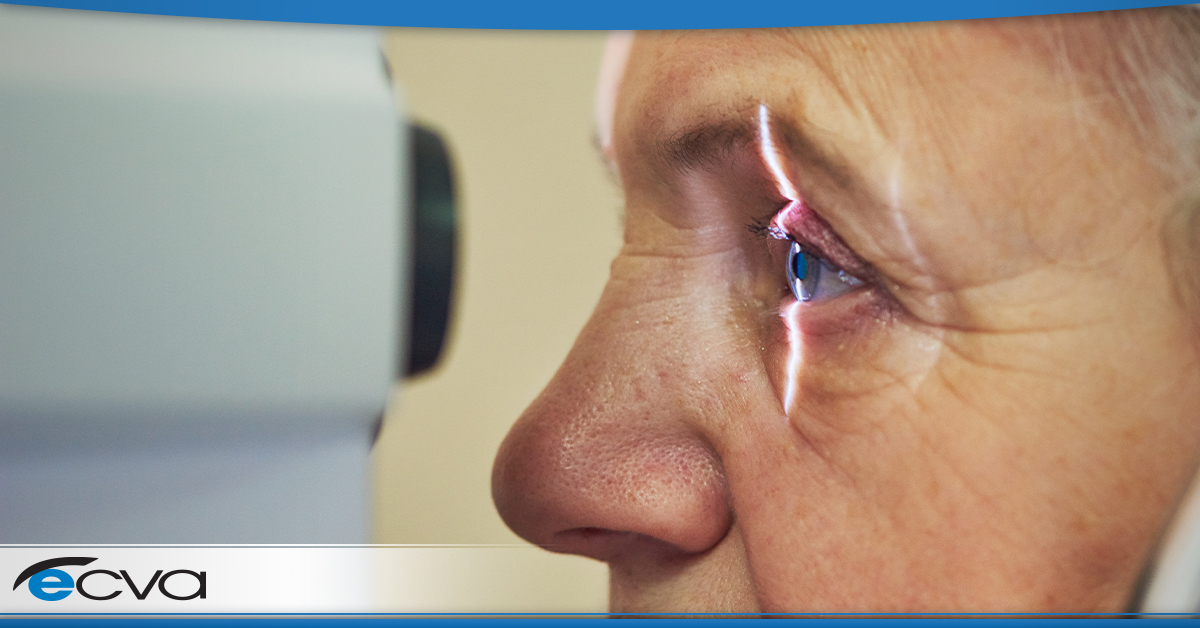After a glaucoma diagnosis, finding a suitable treatment is crucial for preserving visual acuity. Glaucoma causes pressure to rise in the eye, and when that occurs, damage to the optic nerve can harm a person’s ability to see, potentially leading to permanent vision loss.
Fortunately, minimally invasive glaucoma surgery (MIGS), like iStent, has significant potential to assist glaucoma patients. However, the iStent isn’t the right choice for everyone. If you’re wondering whether you’re a candidate for iStent, here’s what you need to know.
What Is iStent?
iStent is an implantable medical device that reduces intraocular pressure (IOP) by improving fluid drainage in the eye. By decreasing fluid levels, IOP also declines. In turn, the chance of ongoing damage to the optic nerve is reduced, lessening a patient’s chances of more vision loss.
The iStent procedure won’t reverse any permanent vision loss that has already occurred. However, it can preserve a patient’s remaining vision, which is why it’s an attractive option for patients struggling to manage their IOP using alternative means like eye drops.
Best Candidates for iStent
Generally, the iStent is a potential treatment option for specific glaucoma patients. It’s best suited to treat mild-to-moderate open-angle glaucoma in patients who aren’t securing the necessary IOP reduction through the use of glaucoma eye drops. It’s also a viable treatment for pigmentary or pseudo-exfoliative glaucoma.
However, the iStent procedure is done in conjunction with cataract surgery. As a result, patients need a cataract diagnosis, and the condition needs to justify cataract surgery.
While those are the primary ways to determine if a patient is a candidate for iStent, other factors can influence whether it’s a viable treatment for their glaucoma. As a result, meeting the criteria above doesn’t guarantee candidate suitability.
How to Find Out If You’re a Candidate for iStent
If you’ve been diagnosed with glaucoma and aren’t getting the desired results from eye drops or other treatment options, iStent could be a solid choice for reducing the odds of further damage to your vision. However, the only way to find out if you’re a suitable candidate for iStent is to consult with your eye care provider.
When you meet with your eye care provider, they can evaluate a variety of factors to determine if iStent is a solid choice. Every patient is unique, so participating in a thorough exam is essential, as it allows your eye care provider to determine whether the iStent will provide the desired result with minimal risk.
Additionally, your eye care provider can review essential information about the procedure that allows you to make an informed decision. They can outline the benefits and risks, aftercare requirements, and other vital details, making it easier for you to determine if iStent is the right treatment for you if you’re a good candidate.
Glaucoma Treatment Options in Buffalo
If you have glaucoma and are interested in determining your eligibility for the iStent procedure, our team is here to help. Take the first step toward improved eye health by scheduling an appointment at your nearest ECVA clinic today.










